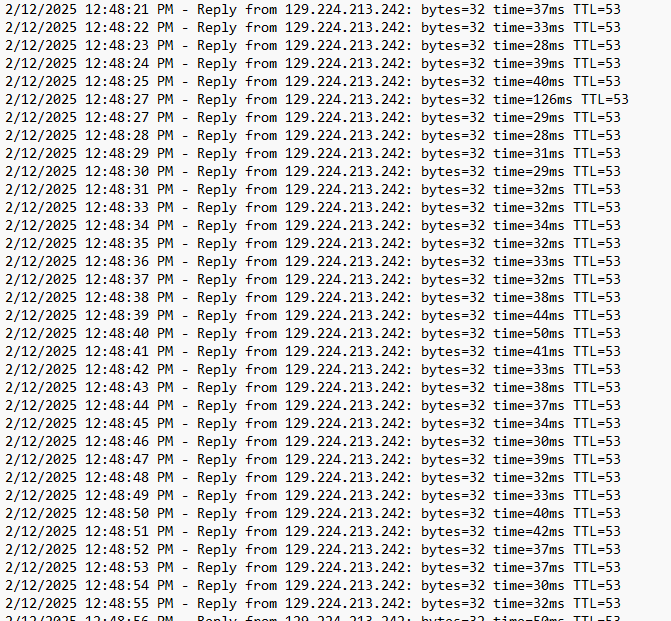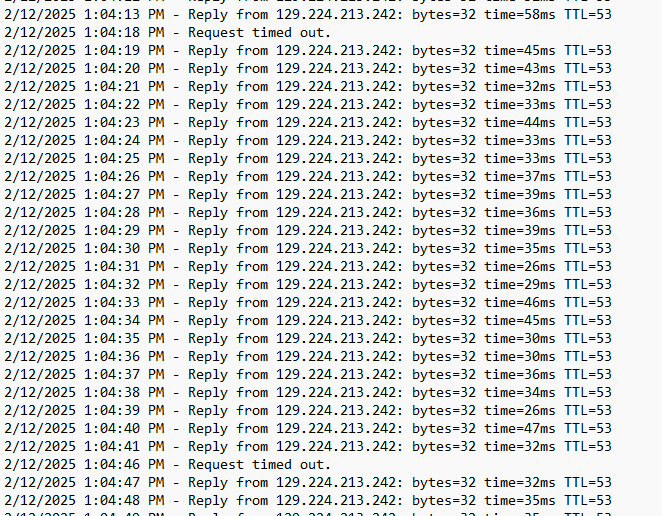Technology has come a long way in giving us more and more viable and faster options for reliable internet at a business.
However I’ve always been skeptical of jumping onboard the 4G/5G LTE or satellite related internet options, even for backup internet. Partly because nowadays so many companies are using hosted VOIP phone services which require very low latency and good quality internet connections, and 4G/5G services vary by location and if the building you’re in will kill the signal or not. Satellite connections have always had significant latency so one could barely use it for browsing.
At several businesses in the California region we have had customers sign up for Point to Point Fixed Microwave Wireless Connections that use high bandwidth fixed wireless dishes to connect to dishes that are mounted on either very high cellular towers or on top of high rise buildings, this technology allows for internet network connections that are almost the same as having a land based wired fiber or coax connection. However these connections can be costly and mostly are priced higher than Dedicated Internet Access Fiber Connections. One company that provides a cheap option for this for backup internet is OneRingNetworks.
However with the advent of Starlink and how close those satellites are to earth, the latency between your dish and the satelite is very close to having a land based cabled connection to a standard High Speed Internet Connection over Coax or some similar connection.
Starlink has changed the game in being able to have reliable internet connection anywhere, no matter how many ISPs in your local neighborhood are down due to some power outage or other issue.
We installed Starlink at 2 sites for a customer as backup internet options. This customer’s requirements are basic internet browsing and VOIP phones. We started with the basic 40GB Priority Plan for $140/month which gives you “unlimited” bandwidth after the 40GBs but not with the SLA and TTL that you get with the first 40GBs.
(Since these tests were done, Starlink just released new pricing and you can get 50GBs priority at $65/month and 500GBs priority at $165/month: https://www.starlink.com/service-plans/business)
Here are the actual results of the tests:
SITE 1 RESULTS:
PING TESTS:
The pings stayed consistent throughout the duration of the failover (15 minutes or so) including during test VOIP calls and browsing.
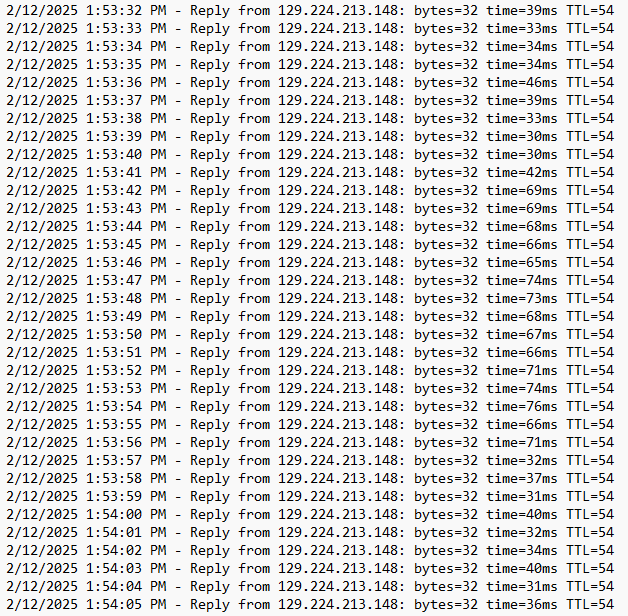
RUN VOIP QUALITY TEST:
https://www.ringcentral.com/support/qos.html
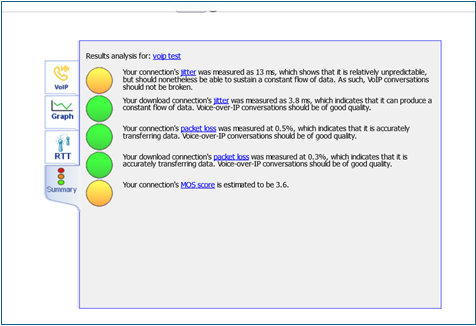
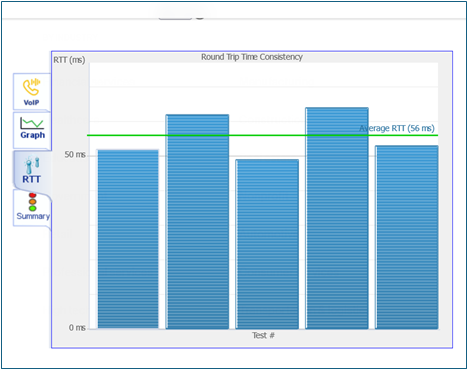
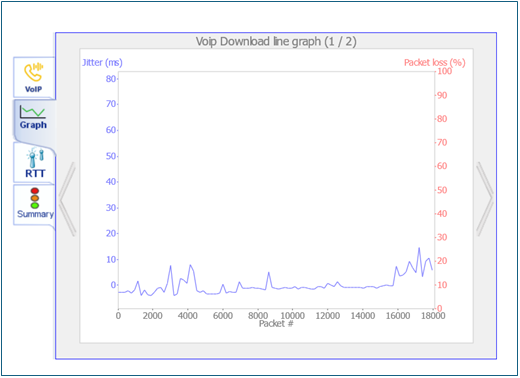

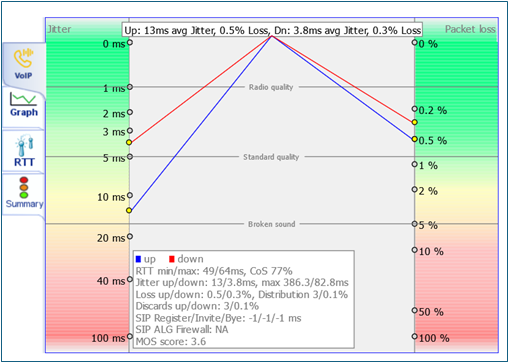
MULTIPLE VOIP CALLS RUNNING CONCURRENTLY:
We tested 4-5 calls happening concurrently during this failover, no issues were noted and call quality was as expected.
FOLLOW UP NOTE: February 27 2025 a full day of using Starlink occurred at this site – no one noticed any difference in internet quality/response time or call quality. During this time, the client left backups running to the cloud which used up almost 40GB of their priority StarLink data in that day – so there was high traffic usage. Here is the client feedback:
So, only the on duty captain knew [about the failover] and we did not give any guidance, I looked at usage patterns in the morning after and everything was normal, YouTube, Netflix, Hulu streaming, and all types of social media went on and no one even noticed. Call quality normal (listened to several call recordings) even when the NAS Cluster was backing up to the C2 Datacenter…During the day there were approx 15 at Site 1 and 5 at Site 2, over night it dropped to 5 at HQ and none at Site 2”
WHAT’S THE LATENCY LIKE WHEN BROWSING SITES VERSUS BEING ON THE FIBER?:
“I noticed the slightest extra millisecond when opening web pages but it was not significant and could have been transient. See note above, no one else noticed latency.”
ANYTHING ELSE THAT WILL GIVE MORE INSIGHT INTO THE STARLINK CONNECTION ON HOW USABLE IT IS FOR EITHER A BACKUP OR MAYBE EVEN A PRIMARY CONNECTION:
Speed tests a1 Site 1 – 2x tests done back to back (note the significant differences):
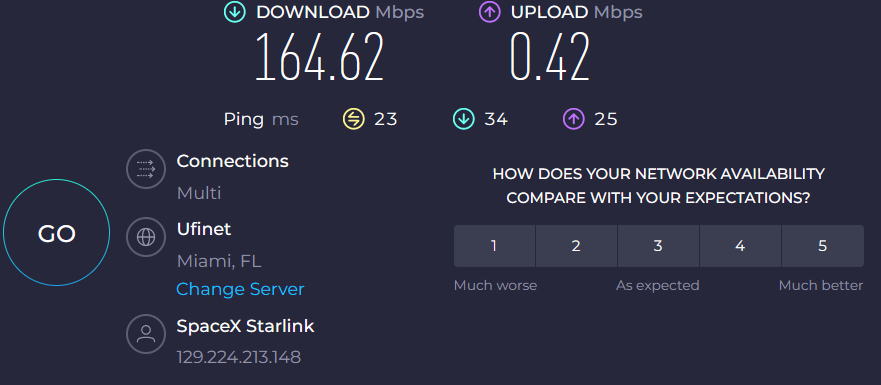
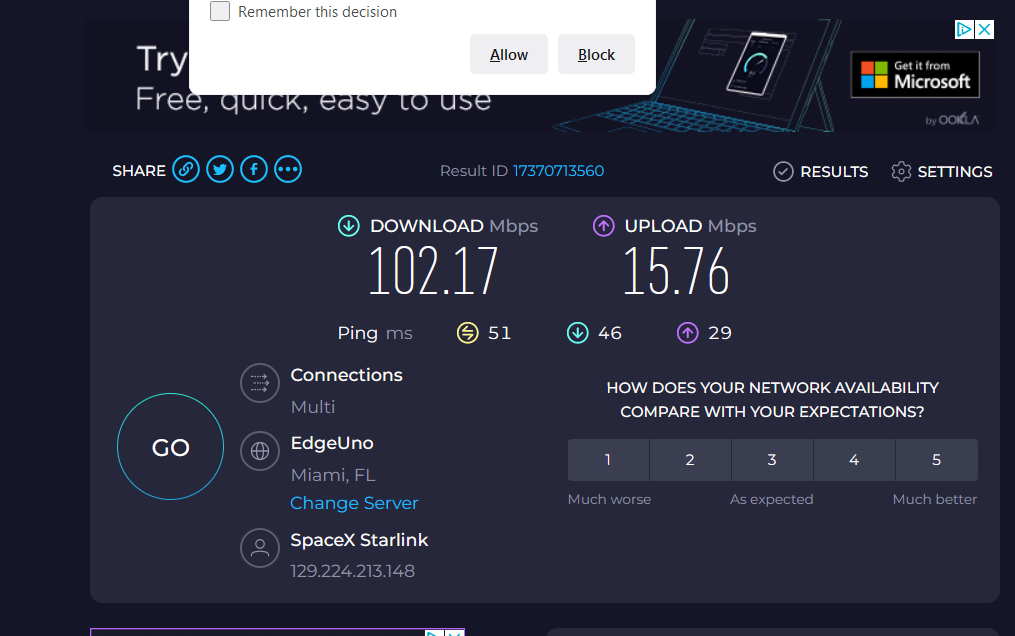
SITE 2 PING TESTS:
The pings showed some inconsistencies throughout the failover, no phone or browsing testing was done at the TC.
